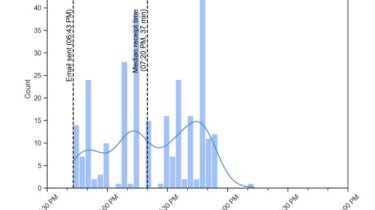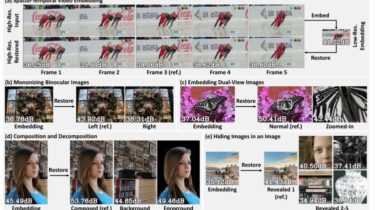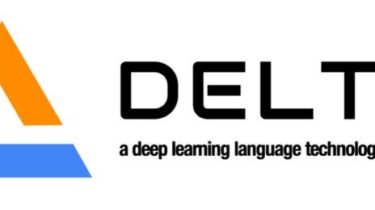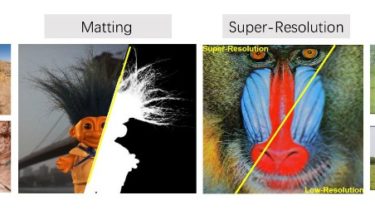Rename Images with Auto Generated Neural Image Captions
Example Usage: Commandline: Recaption all images from folder /home/feng/Downloads/images to folder /home/feng/Downloads/recaptioned_images. python3 ./recaption_images.py -i /home/feng/Downloads/images -o /home/feng/Downloads/recaptioned_images Python: from recaption_images import recaption_images recaption_images( ‘/home/feng/Downloads/images’, ‘/home/feng/Downloads/recaptioned_images’ ) # the first argument is for the input image folder, the second argument is for the output image folder The images names in the input folder
Read more








